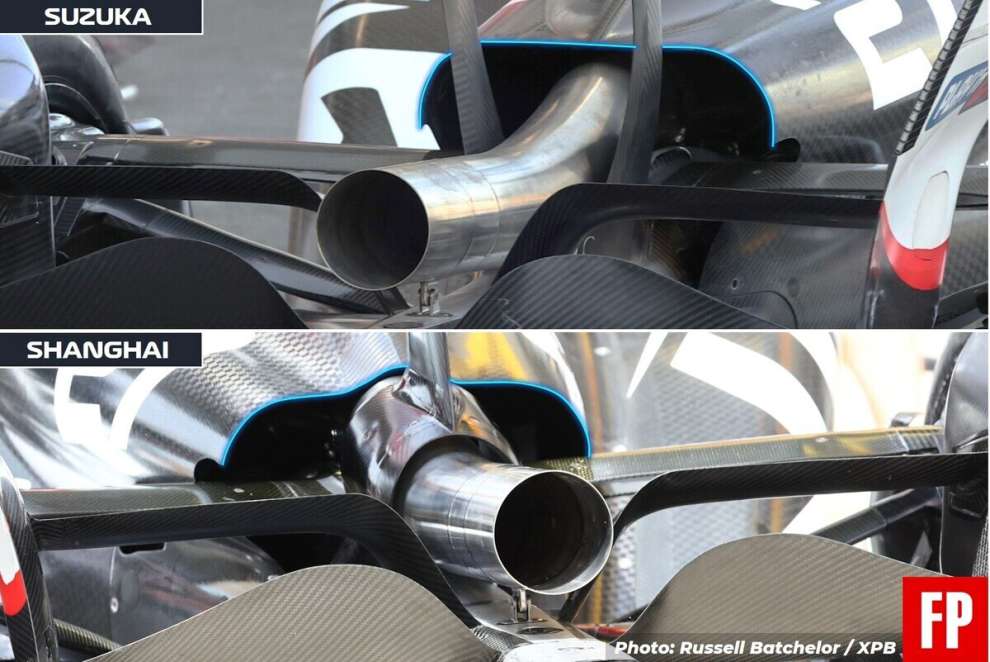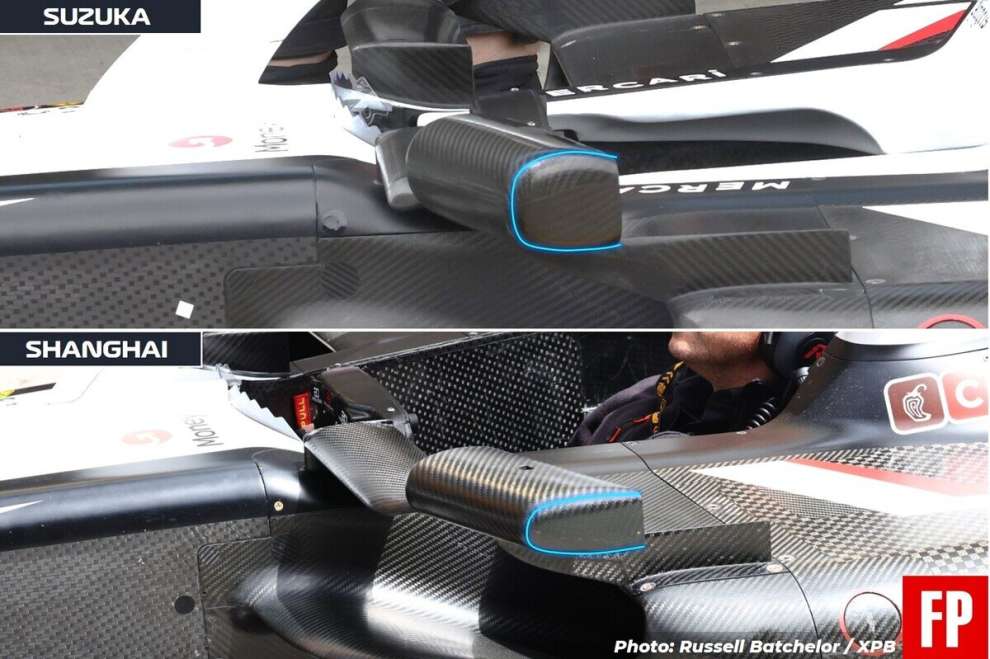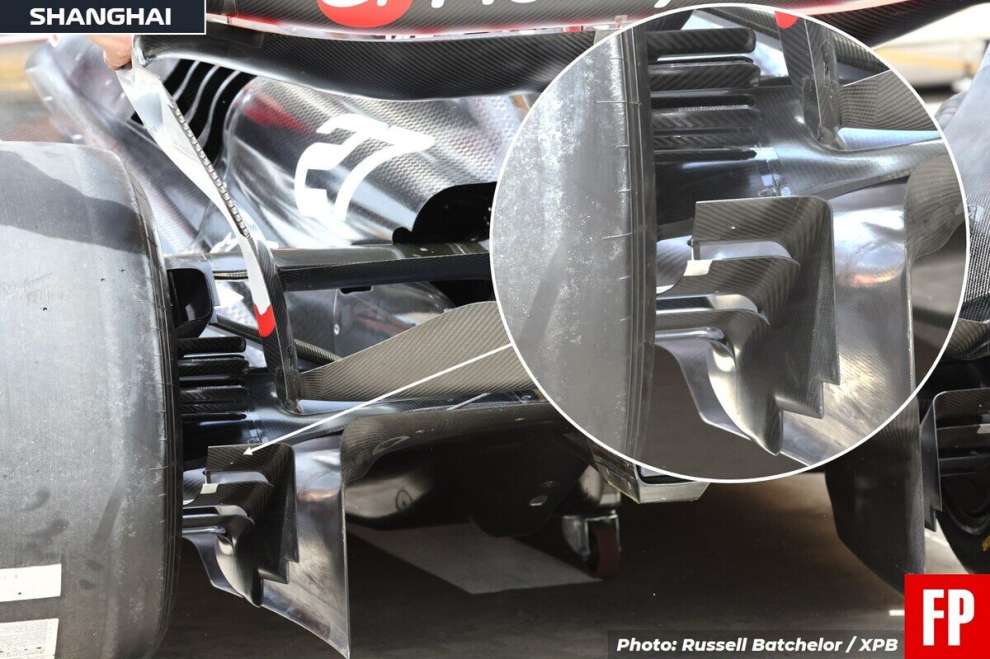By Carlo Platella
Haas' season took a pleasantly unexpected turn. On the eve of the championship, internal expectations were for a year to be experienced at the back of the grid, predicting an even worse picture than that of 2023. However, the VF-24 is performing beyond expectations, with the team now finding itself dueling for sixth world championship position together with the Racing Bulls. In Japan the Faenza team had introduced the first innovations, while in China it was Haas' turn to respond with a package of updates. Here's what they are.
The VF-24
The 2024 Haas is a car far from its progenitor, not only in terms of shape. Similar to the path followed by Ferrari, Haas went from having an incisive car in qualifying but inconsistent on Sunday to a car that some of his main qualities are in race pace and tire management. In fact, the package introduced in Austin at the end of the last championship did not serve to improve the load parameters and aerodynamic efficiency, but rather to explore a new way of making the car work, laying the foundations for the 2024 project.
The new Ferrari suspensions, in particular the rear one, have helped to improve tire degradation, a common objective with the Maranello team which in turn was suffering from it in 2023. However, the care of the tires is not the only advantage of the VF- 24. On more than one occasion Haas has delivered excellent top speeds at the bottom of the straight, thanks to both the aerodynamic efficiency and the range of the DRS. On the other hand, the car shows some gaps in terms of load in high-speed corners, as well as balance at medium-low distances, placing these as the areas of attention for the first developments.
The Shanghai package
The most important news on the Haas seen in China is interesting the bottom. The technical department, now led by Andrea De Zordo, has modified the geometries of the flow conveyors at the entrance to the Venturi channels, also refining the external edge of the bottom. The developments aim to improve the process of extracting flows from underneath the car, increasing the overall aerodynamic load, even if it is difficult to notice them from the outside. In fact, Haas has not revolutionized the fund's approach, which is nevertheless a sign of general satisfaction for the concept developed so far, evolving it without questioning it.
The sides remain identical to those at the beginning of the season, while the bodywork becomes slimmer in the back. The vent at the tail of the bonnet is now narrower, limiting the harmful impact of the hot air extracted from the engine compartment on the rear aerodynamics. To compensate for the narrowing of the rear end, the side cooling grilles have been enlarged, outlining a compromise that improves the aerodynamic penetration of the VF-24.

Always with a view to breaking down resistance to advancement, Haas has achieved a new fairing for the rear-view mirrors. This appears more flattened, thinning the wake behind the mirrors and contributing to the overall resistance. Finally, the team decided to increase the incidence of the aerodynamic profiles attached to the rear wheel units. In addition to generating greater local load, which also acts directly on the unsprung masses downstream of the suspension, the modifications interact with the aerodynamics of the diffuser to improve its performance.


Racing Bulls one step away
In China the new features were installed on both cars, contributing to the tenth place grabbed by Nico Hulkenberg. The hope is that the Shanghai package is only the first of a long series of updates in the pipeline. Haas already had an intense development program ready for 2023, but was soon interrupted after the Miami event, realizing that the concept then in use had reached the limit of its potential. A year later, the team still has a young project in its hands, far from reaching saturation. Believing in sixth place is legitimate, with Racing Bulls just two points away in the standings.
#Haas #analysis #updates #earned #points #China